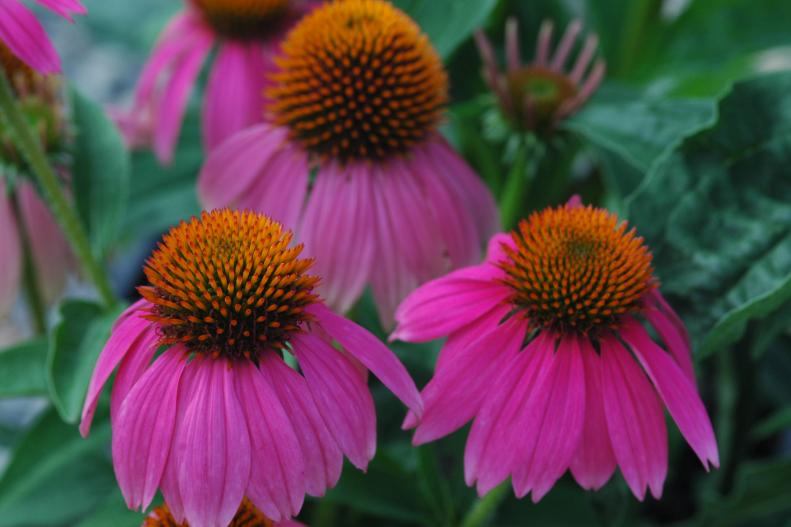1 / 20
Coneflower
This rugged Tennessee wildflower can grow just about anywhere, and most varieties are hardy to Zone 3. Cut down the stems, then add 3-4 inches of mulch to insulate the plants through the winter to help them bounce back beautifully next summer.









